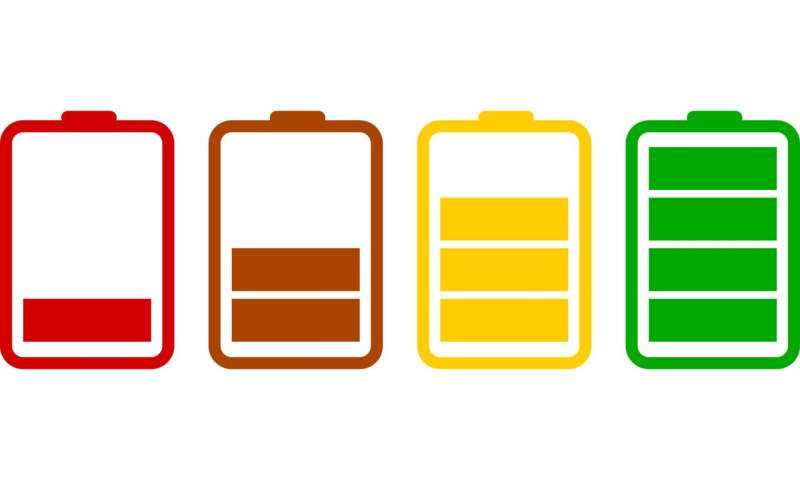Simple hydrothermal method to produce tin dioxide for lithium-ion battery

In a paper to be published in the forthcoming issue of Nano, a group of researchers led by Wei Zhang from the Yunnan Minzu University, China have developed a simple, low cost and eco-friendly method to synthesize SnO2 nanorods for lithium ion batteries.
Tin dioxide (SnO2) is an important N-type semiconductive material with the advantage of a stable, large band gap, low cost, and eco-friendly profile. SnO2 has wide applications in many areas such as solar cells, gas sensors, and optoelectronic devices. One-dimensional SnO2 nano structures such as nanorods and nanowires have excellent optical and electrical properties and large surface-to-volume ratio. These provide unique advantages in many fields such as electrode material, photovoltaic devices, photocatalysis, and surface adsorption. However, most of the reported methods to synthesise SnO2 nanorods usually require high temperatures or other strict experimental conditions.
In this study, the researchers successfully prepared SnO2 nanorods using a simple template-free hydrothermal method without surfactant. During the reaction process, a SnO intermediate with lamellar morphology is first formatted by a hydrothermal method and SnO2 nanorods are obtained after calcinations. The results of XRD characterization show that the lamellar structured SnO intermediate has a preferred orientation in the 001 direction. According to the mechanism used during the possible formation processes of the SnO2 nanorods, first, a tiny crystal nucleus of Sn(OH)2 and a bit of SnCO3 is generated from SnCl2 and urea. Then the crystal nucleus gathers to form a nanorod. With continued reaction, nanorods form sheets and the sheets grow up to lamellar morphology and the intermediate decomposes into SnO because of the hydrothermal process. The SnO intermediate converts to SnO2 with the sheets breaking into nanorods after calcinations. The SnO2 nanorods have an average width of approximately 44.4 nm and an average length of 213.8 nm at the hydrothermal reaction temperature 150°C for 24 h, and the aspect ratio of this SnO2 nanorod is approximately 4.9; When the hydrothermal temperature increases to 180°C, a regular SnO2 nanorod shape with 45-50 nm width and 150-190 nm length is obtained; the aspect ratio of this SnO2 nanorod is about 3.5. Both the rod-like nanomaterial used as anode materials for a lithium-ion battery exhibited high initial discharge specific capacity: up to 1600 mAh g-1 at 0.2 C rate.
More information:
Wei Zhang et al, Hydrothermal Synthesis of SnO2 Nanorod as Anode Materials for Lithium-Ion Battery, Nano (2019). DOI: 10.1142/S1793292019501091
Provided by World Scientific Publishing